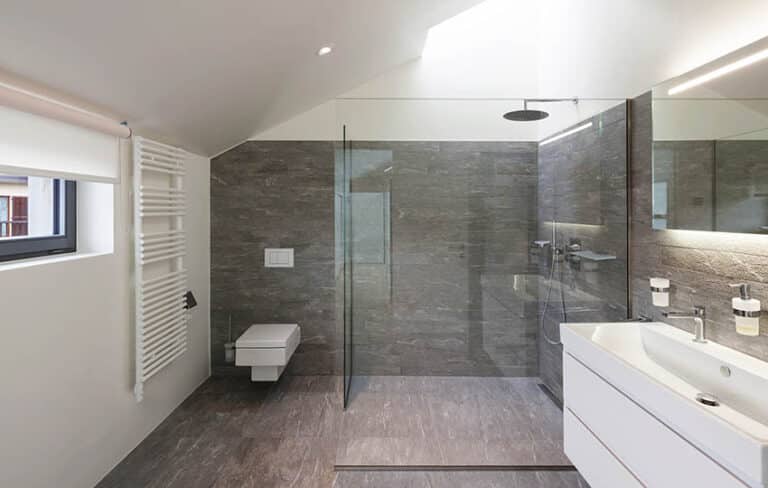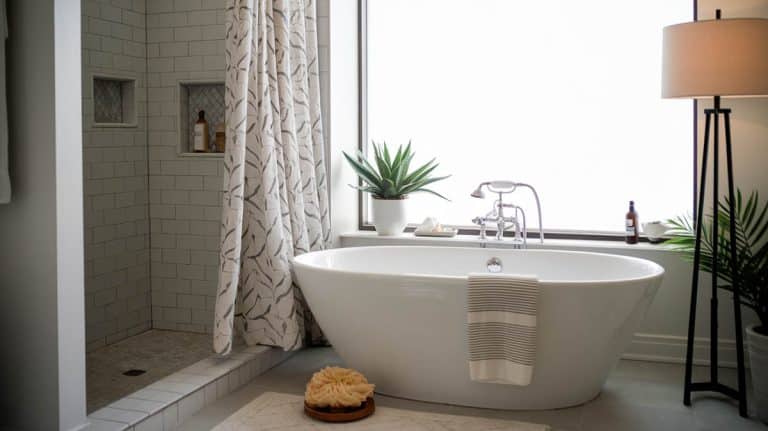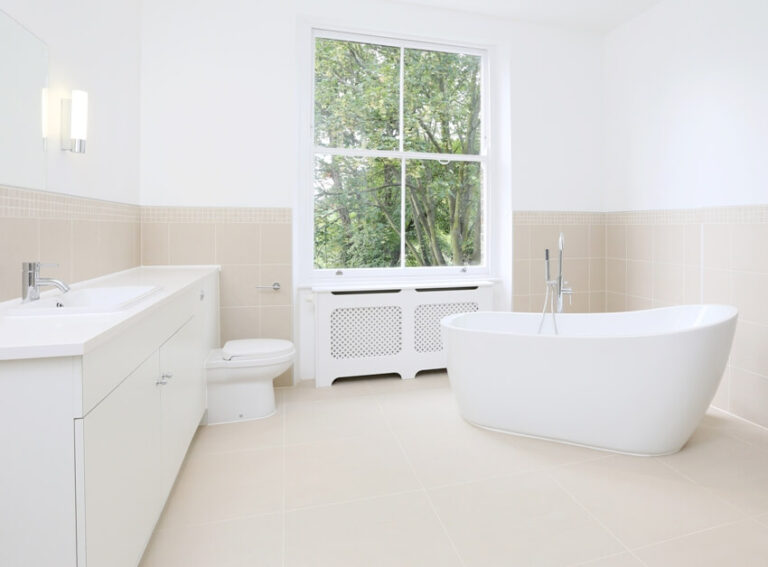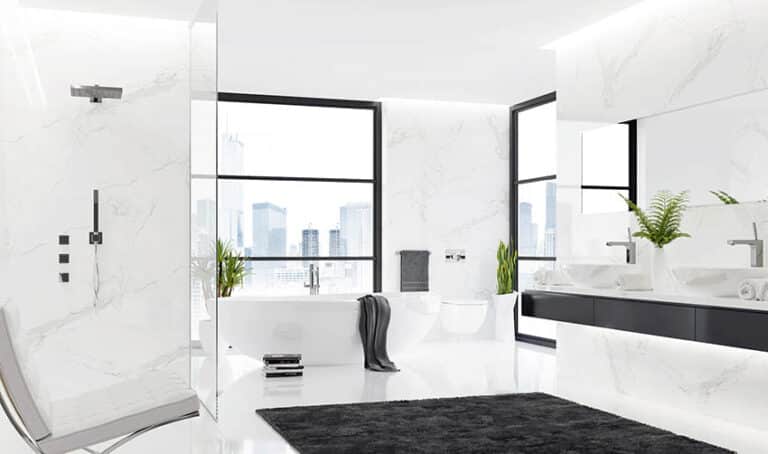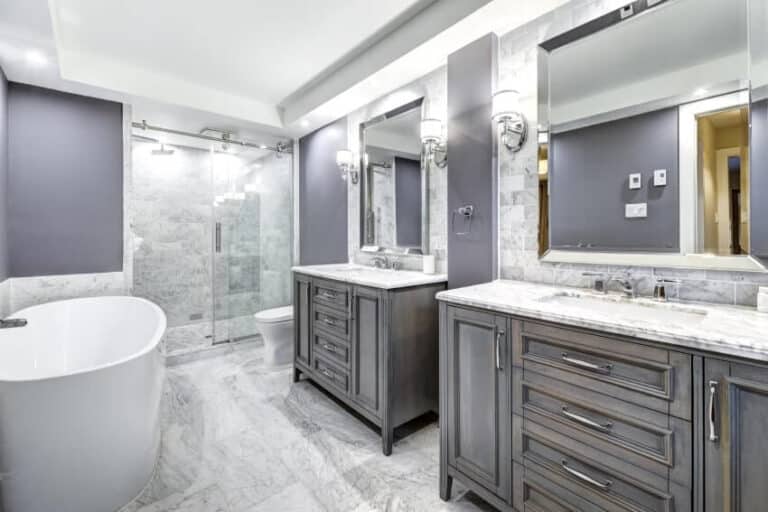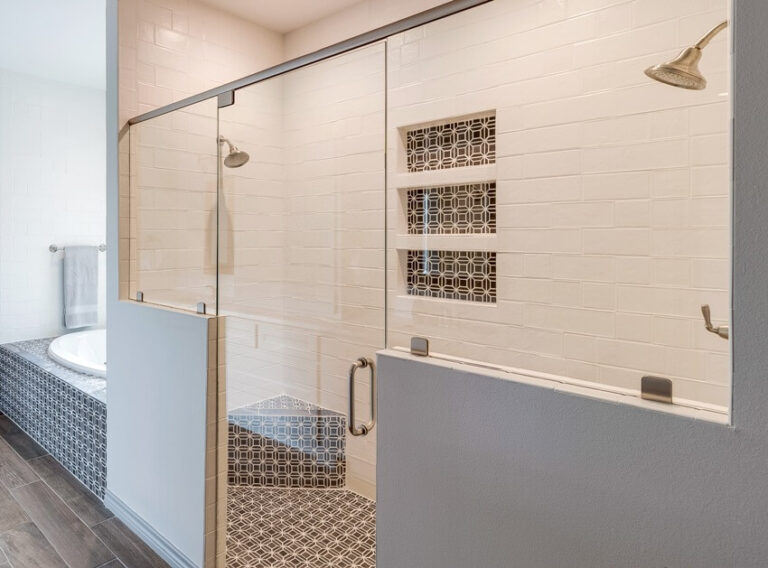Pros and Cons of Reglazing a Bathtub: Is It Worth It?
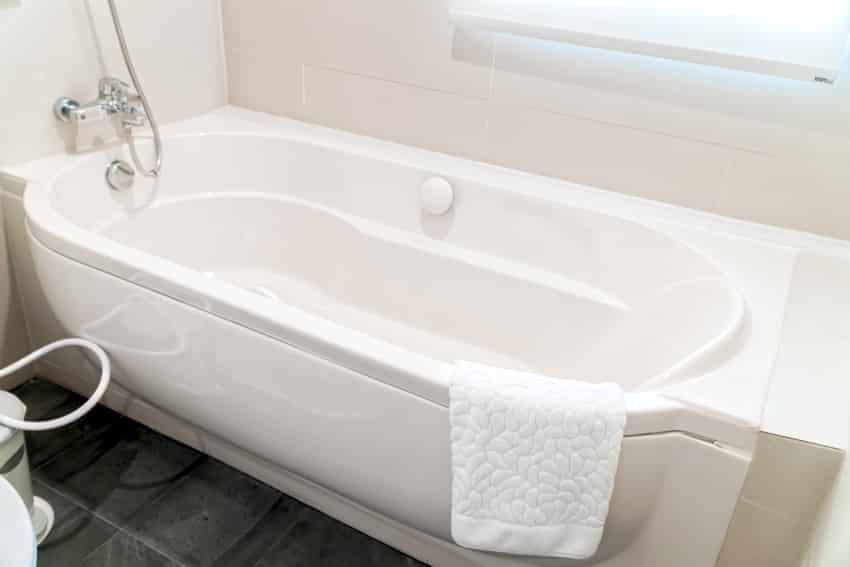
After a tiring workday, few activities can be as soothing as immersing in a relaxing warm bath. One can spend an hour reclining in the tub comforting every inch of muscle on the body. Unfortunately, bathing in a damaged, dirty, or worn type is never fun. One’s relaxing oasis can effortlessly turn into a nightmare. While replacing this fixture is one of the easiest ways to address the problem, it is not the most practical. That is why many families are opting for reglazing. Before one decides to refinish, it would be best to check out the pros and cons of reglazing a bathtub to determine if it’s worth it.
What Is Reglazing A Bathtub?
Bathtub reglazing is an inexpensive option for restoring the appearance and functionality of a damaged or worn type. Some people call it resurfacing, refinishing, and recoating. Whatever one wants to call it, the process and outcome are the same.
Resurfacing is like repainting a car. Professionals prepare the surface by sanding it, filling holes and cracks, and removing chipped layers, fading and stains. It must have an even surface before any application of a fresh coat of reglazing product.
Reglazing Bathtub Pros
Here’s the reglazing a bathtub pros and cons beginning with the pros.
Affordability – Reglazing is more affordable than tub replacement. Replacing this fixture can cost families between $400 and $13,000, with the average household spending about $3,400 on a brand-new tub.
Unfortunately, it is not the only cost that people must consider. They must also remove the old tub, make a new foundation for the new one, and install it in their bathroom. These activities can hike the overall project cost to $5,000 or more.
On the other hand, the most expensive professional reglazing can cost families only $1,200. The most affordable option is a $200 do-it-yourself fiberglass refinishing.
Extends Tub Life – A well-refinished tub can last between 10 and 100 years, depending on the material. A resurfaced clawfoot type can last 10 to 15 years, while a cast iron or ceramic tub can last up to a century.
Speed of Renovation – One can finish the reglazing process in one day or less. It can take two days if the bathtub has an integrated shower that also requires replacement.
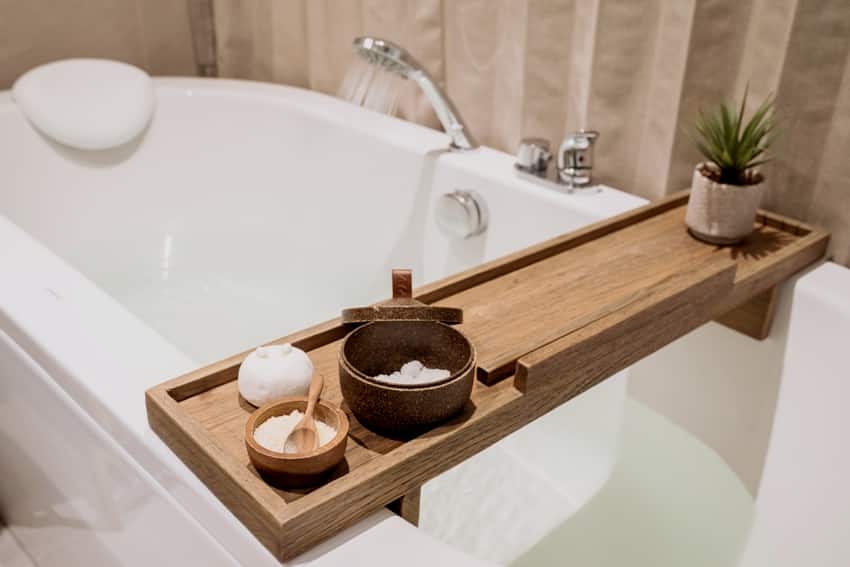
Reglazing Bathtub Cons
Hazardous Materials – The US Centers for Disease Control and Prevention’s Fatality Assessment and Control Evaluation Program reported 14 refinishing-related deaths secondary to methylene chloride exposure since 2000. While the figure is low, one cannot deny the threat inherent in reglazing a tub with harmful chemicals. (Source: CDC)
That is why it is always better to have professionals refinish a tub because they have the necessary safety equipment and correct competencies to avoid hazardous fumes and perform the job safely.
Successful Resurfacing Depends on Several Factors – High humidity levels can prolong the curing process, while cold weather can make the coating more challenging to apply. If the ambient temperature is below 62 degrees Fahrenheit, there is a chance of improper surface curing.
Time-Consuming – The total process from reglazing prep to a finished product can take some time and skill. The basin must be thoroughly cleaned and repairs made which can take several hours. Each layer application requires drying time before the next can be applied.
Tub Reglazing Cost
Refinishing can cost families anywhere between $200 and $1,000, depending on the material and whether they will require expert installation or a DIY endeavor.
The average household around the US can spend about $478, although the typical cost is $335 to $628.
Reglazing requires thorough tub surface preparation. Professionals address cracks, surface imperfections, and other signs of damage before they can start with the resurfacing process.
They also remove the original finish to facilitate new substrate application. The materials have different reglazing costs, reflecting resurfacing difficulty levels.
Fiberglass Tub Reglazing
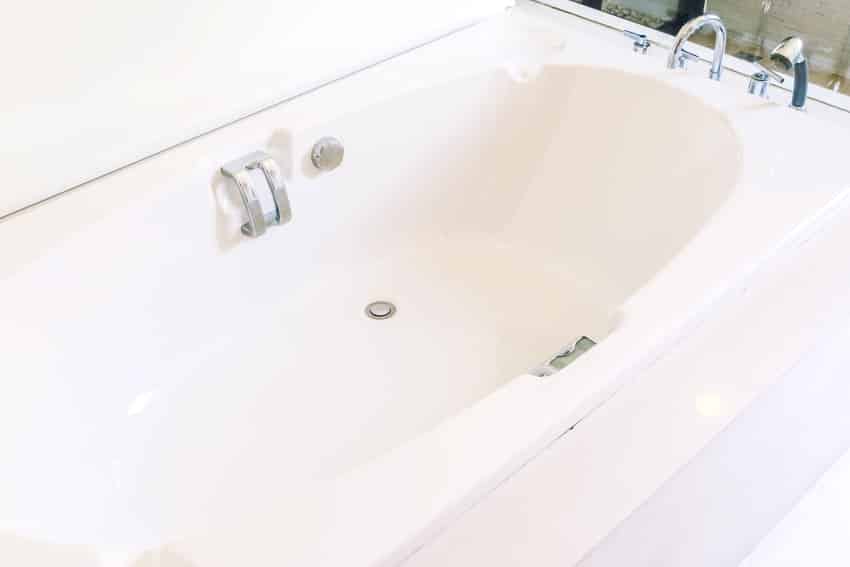
Homeowners can expect to pay between $300 and $1,000 to reglaze a fiberglass tub. The cost depends on the size. Fiberglass requires special attention because of its unique structure.
One can also expect to pay more if the tub has a shower surround. Repairing the integrated fiberglass shower can set homeowners back by an extra $250 to $300. It can also prolong the restoration project by another 24 hours.
Resurfacing Porcelain Bathtubs
A porcelain tub may only require $350 to $600 to refinish, depending on whether one has a modern or centuries-old tub. Modern ceramic types have a steel or cast-iron base with a surface layer of porcelain. They are more straightforward to resurface. Read more about luxury bathtubs here.
If one has a 100-plus-year old porcelain tub, one will need a professional to reglaze it. Someone who has extensive experience resurfacing antiques is a must. Unfortunately, this can cost the homeowner more.
Refinishing Cast Iron Tubs
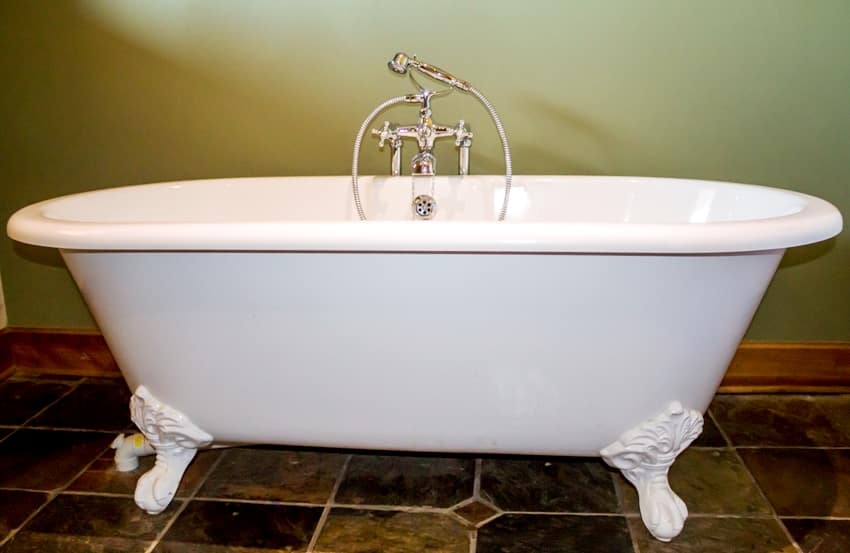
Like porcelain tubs, modern cast iron tubs have enamel or ceramic finishing. One needs to remove the outermost layer if there are chips or cracks. Professionals must apply a new substrate immediately to prevent corrosion. Exposing the bare cast iron to the atmosphere can lead to rusting.
Reglazing a modern cast iron type can cost families $350 to $600. The best part about refinishing cast iron tubs is that they will last more than a century when applied correctly. See luxury modern bathroom ideas to incorporate with your refinished modern cast iron tub.
Reglazing a Clawfoot Bathtub
Resurfacing a clawfoot tub can cost homeowners more than any other type. The lowest price for clawfoot tub refinishing is $500. However, it can go up to $1,200 if one decides to reglaze the exterior, too.
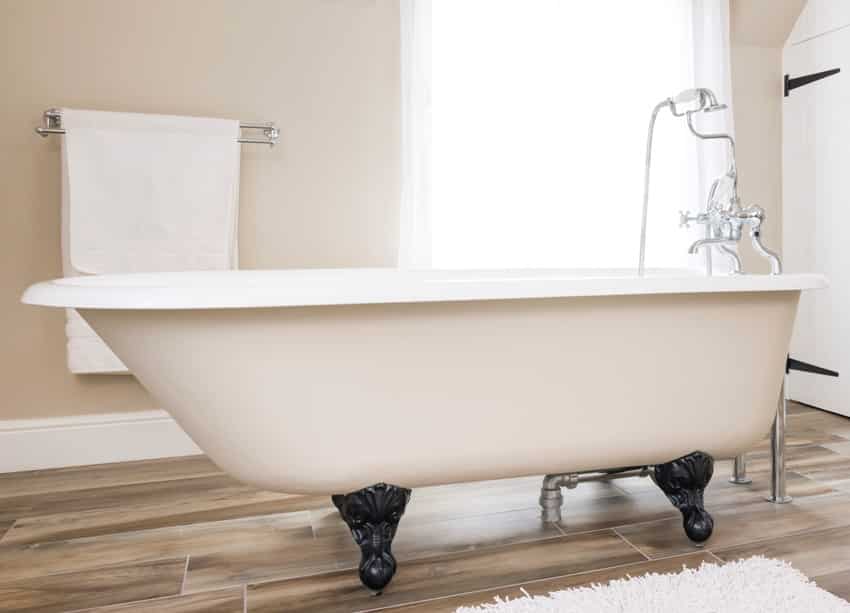
Clawfoot tubs often have a cast-iron exterior and a ceramic interior. While one can refinish a clawfoot tub himself, it would be best to get a professional because of the complex surface preparation necessary for the job. See a variety of clawfoot bathtub styles here.
If one decides to reglaze, there can be savings of between $300 and $400. They only need to buy the correct refinishing kit appropriate for their type. In general, homeowners can expect to pay between $30 and $150 for these kits.
How Long Does A Bathtub With Reglazing Last?
Bathtubs reglazed correctly can last many years with proper care, regular cleaning, and correct maintenance. The materials used can also determine how long it will last after resurfacing.
For example, resurfaced clawfoot tubs can last another decade or up to 15 years. On the other hand, refinished porcelain and cast-iron tubs can last at least a century. Fiberglass bathtubs can last for 15 to 20 years if reglazed by a professional.
Tub Reglazing Problems
Five reasons exist why homeowners should hire professionals to reglaze their tubs.
Bubbling – There are three possible explanations why bubbling can develop in a reglazed tub. First, the person did not remove all the air in between coating applications. The trapped air pushes the outer coat, producing a bubble.
Second, improper curing times can also produce bubbling. One layer did not harden enough before the succeeding coating, creating an air bubble.
Third, the person failed to strip the tub’s old finish properly. It creates an uneven surface for air bubbles to form.
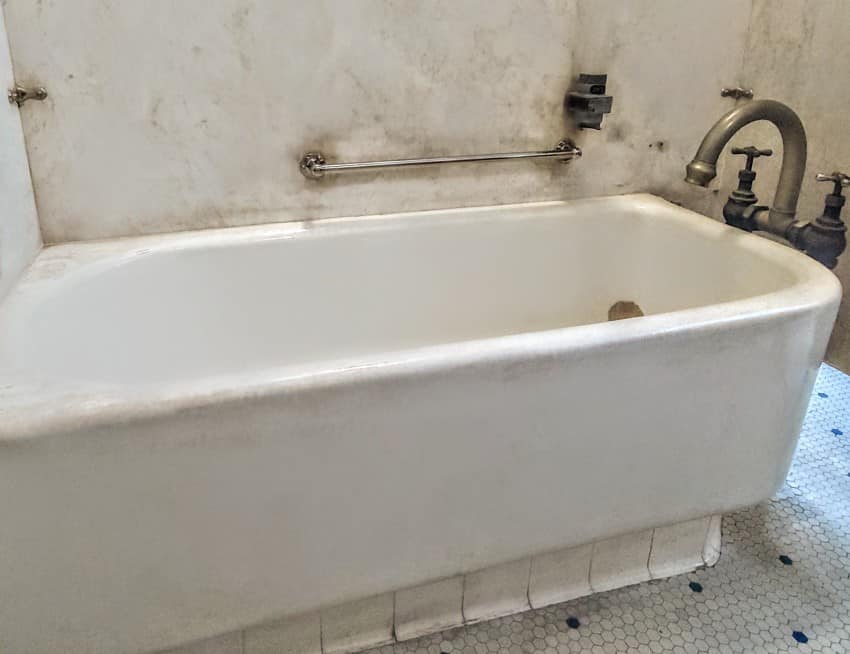
Fading – This bathtub reglazing problem occurs because of an incorrect mixture of refinish coating. It can also be due to a thinly applied coating. Either cause can reveal the original surface sooner or later.
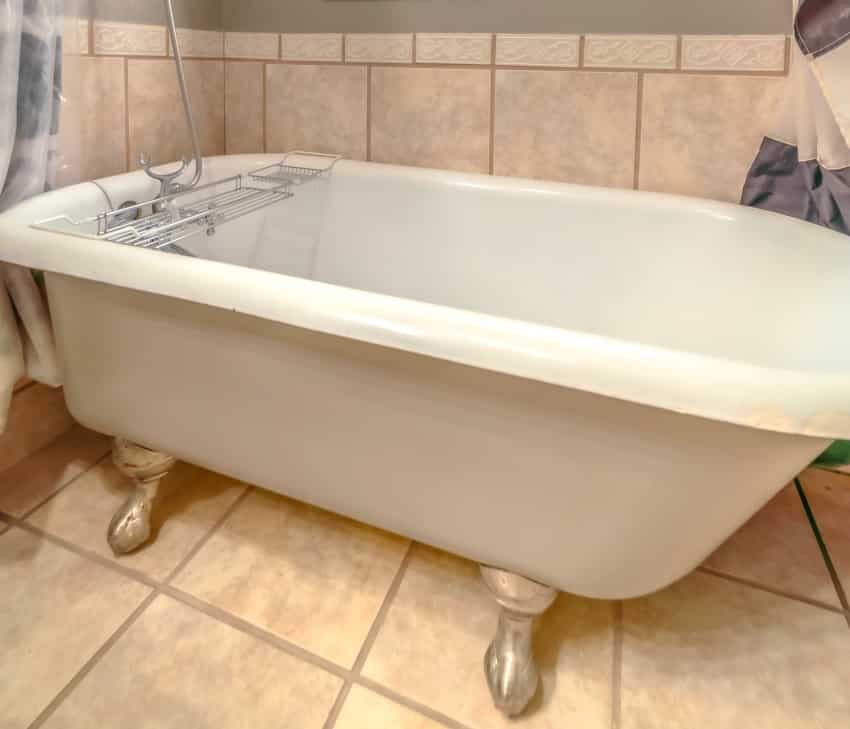
Peeling – Applying a coat over a chipped surface can lead to peeling because of improper surface preparation. Another possible explanation is incorrect curing times.
Sticky Feel – The tub’s surface should be smooth and slick, ensuring more comfortable use. Unfortunately, improper curing can create a sticky surface. Bathing in this kind of tub will be unpleasant.
Chipping – This reglazed tub issue can develop with the unnecessarily excessive force exerted on the tub. While the tub can have the correct curing times and even coating, it can still chip because of accidents.
One way to prevent this is by mixing a blending solvent into the refinishing product.
How To Clean A Reglazed Bathtub
A resurfaced bathtub can last up to a hundred years if cleaned and maintained regularly and properly. That is why homeowners who reglaze their tubs should observe the correct cleaning process.
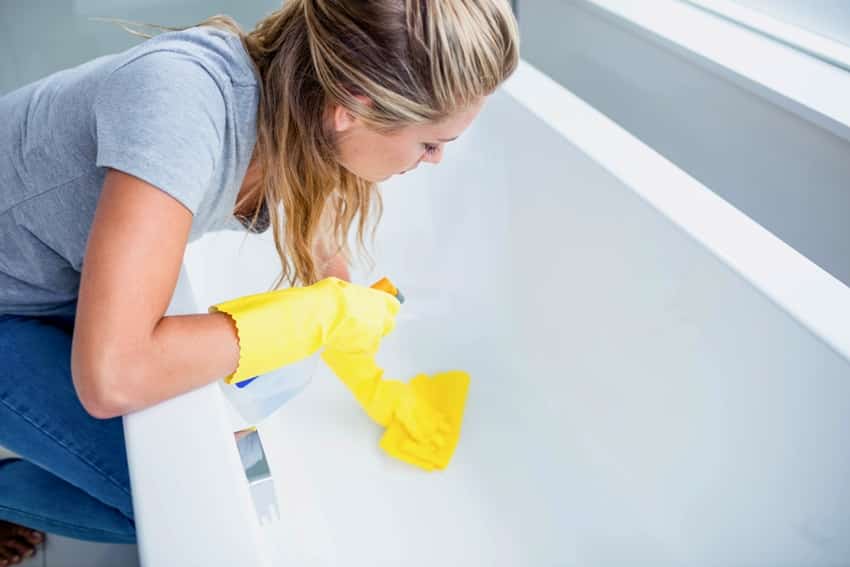
Remove excess soap residue, hair, and other particles by rinsing the bathtub with warm water. Apply copious amounts of soft liquid cleanser throughout the tub’s surface.
It would be best to avoid using abrasive cleaning agents, including household bleach, abrasive cream cleansers, powdered cleansers, and other products with ammonia.
Leave the cleaning agent for about ten minutes, giving it ample time to dissolve oils, residues, and other particles. It can also help disinfect the tub.
Scrub the tub’s surface using a non-abrasive sponge or microfiber towel. If the tub has porous sections, one can use a soft-bristled brush to scrub these areas.
Rinse the bathtub with a gentle stream of water. Avoid using a power spray because it can lead to reglazed surface peeling. It can also void the warranty if the homeowner had a professional reglaze the tub.
Wipe the bathtub’s surface with a soft cloth until dry. One can also buff it to restore the tub’s like-new appearance.
Conclusion
Bathtub reglazing is an affordable option for homeowners who want to breathe life into their minimally damaged or worn-out tubs. After learning the reglazing bathtub pros and cons, hiring a professional resurfacer is a must.
However, if one wants to save a few hundred dollars, one can always reglaze the bathtub himself by observing several safety measures and the correct resurfacing process.
For more reglazing a bathtub pros and cons and other related ideas, visit how to choose a bathtub page.

